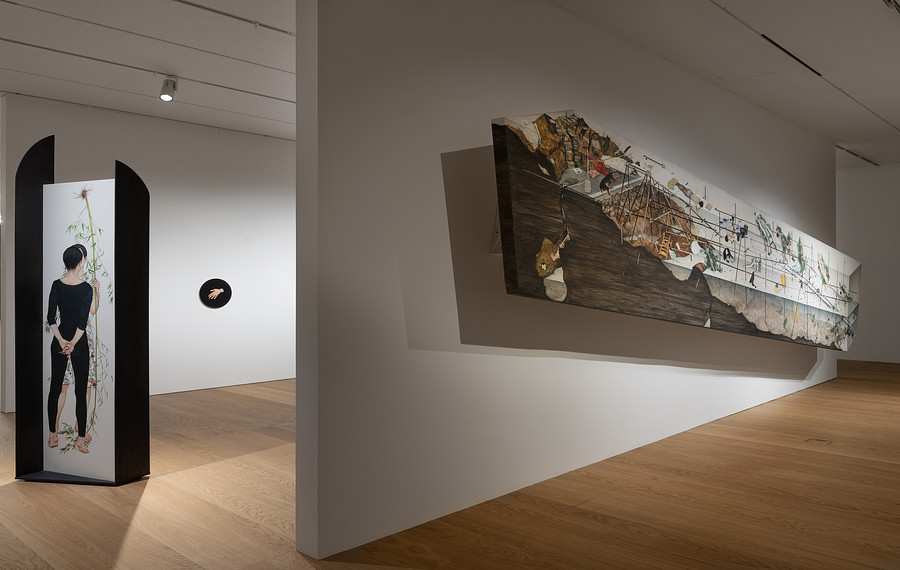Solo Exhibitions (Brief)
In 2008, the second exhibiton, 《Story of Silence》 held at the Gallery Jungmiso(Seoul), began to present works depicting psychological scenes triggered by personal memories.
After the exclusive contract with Arario Gallery, her works have been introduced in various countries, including BAIKART Gallery(Los Angeles, USA), EDWINS Gallery(Jakarta, Indonesia), and Triumph-gallery(Moscow, Russia). Most recently, 《The Unperceived》 was exhibited at the Arario Museum in Space(Seoul) in 2020.
Group Exhibitions (Brief)
She participated in exhibitions at the National Museum of Contemporary Art(Seoul), Korean Cultural Center(Brussels, Belgium), Seoul Museum of Art(Seoul), Whanki Museum(Seoul), Indipress Gallery(Busan), American University Museum(Washington, USA), OCI Museum (Seoul), and Ilmin Museum(Seoul).
Awards (Selected)
She awarded 2nd prize at the 3rd Gwangju Hwaru Award(Gwangju Bank, Korea), the 14th Songeun Art Award(Songeun, Seoul), the 31st JoongAng FineArts Prize(The JoongAng, Seoul).
Collections (Selected)
Her works are in collections of various museums such as the National Museum of Contemporary Art(Gwacheon), Seoul Museum of Art(Seoul), Gyeonggi Culture Foundation(Suwon), POSCO Art Museum(Seoul), Gyeongnam Art Museum(Changwon), OCI Museum(Seoul) and Nesrin Esirtgen Collection(Istanbul, Turkey).



 Unseen Things, Powdered Pigment, Animal Skin Glue and Water on Unbleached Cotton, 215.5x213cm, 2019.jpg)













